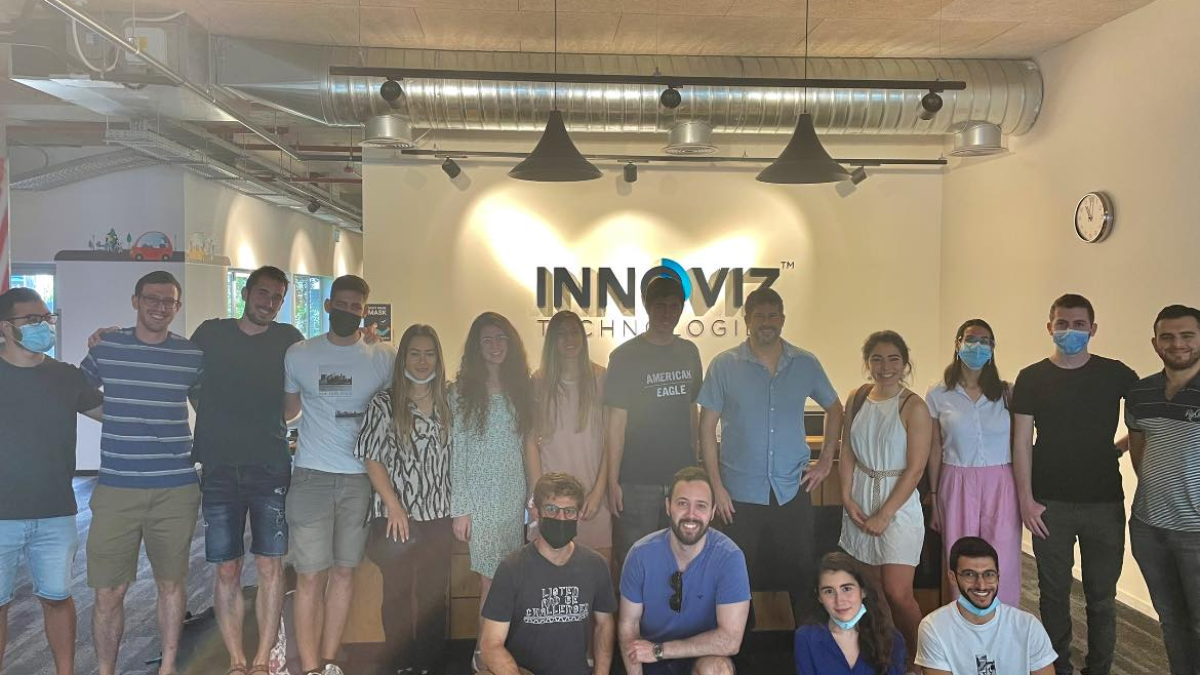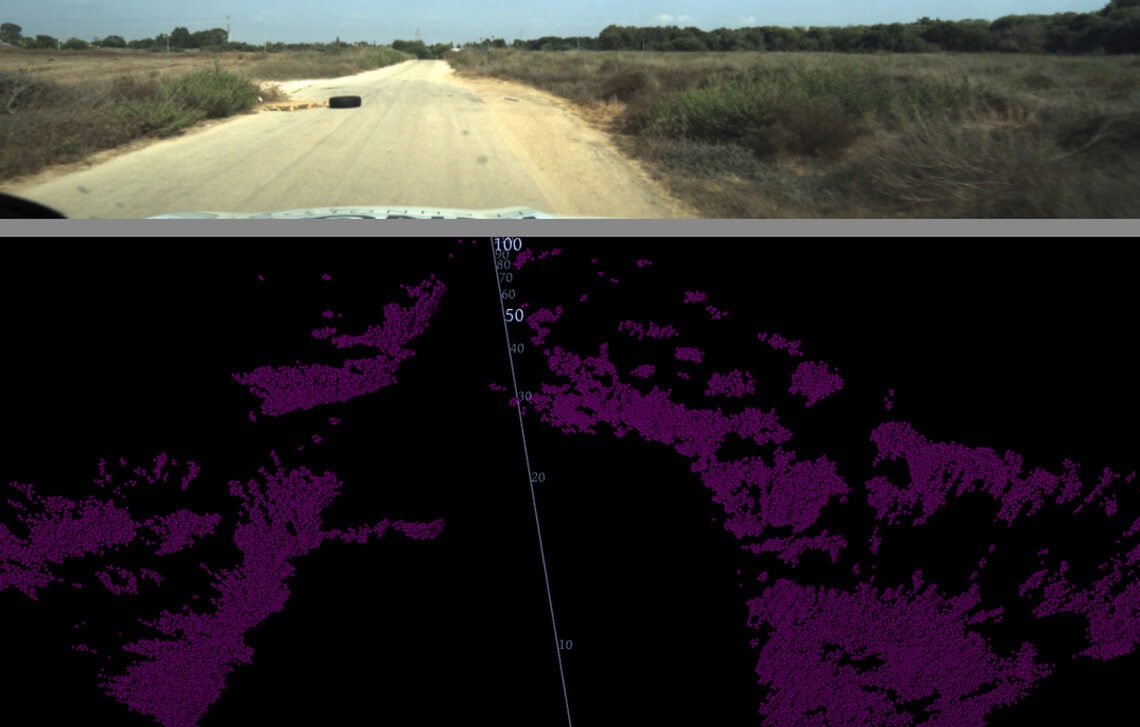
As automation transforms the automotive industry, Innoviz is committed to preparing future automotive engineers and technologists to join in this exciting revolution. Getting students excited about automated driving at a young age, and explaining nascent technologies to college graduates entering the workforce, are all important endeavors for technology companies seeking a competitive advantage.
There is great enthusiasm around job opportunities for engineers interested in developing autonomous technologies for a variety of industries. Some of these industries include construction, smart cities, consumer vehicles, delivery vehicles, and heavy machinery. To develop AVs for mass consumers, engineers need to understand the latest sensor and simulation technologies, and how to leverage machine learning to train vehicles how to drive themselves.
Innoviz is spreading the word of AV safety and helping prepare the future workforce through collaborations like these:







